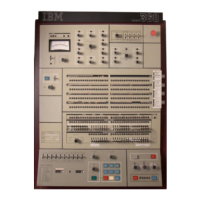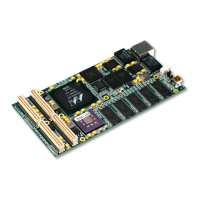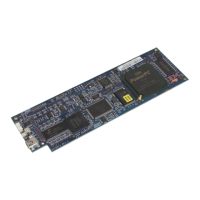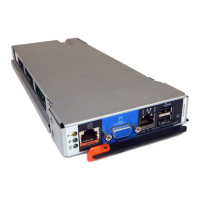TSO/E BACKGROUND (IKJEFT01) MVS BATCH (IRXJCL)
Messages are displayed in the output file. Messages may appear in two places; the JCL output
listing and in the output file. To suppress messages in the
output file, use the TRACE OFF instruction.
REQUIREMENTS
TSO/E BACKGROUND (IKJEFT01) MVS BATCH (IRXJCL)
The default DDs are SYSTSPRT and SYSTSIN. The default DDs are SYSTSPRT and SYSTSIN.
Initiated by executing program IKJEFT01. Initiated by executing program IRXJCL.
JCL should be written in a fixed block, 80-byte record
data set.
JCL should be written in a fixed block, 80-byte record
data set.
Exec that is invoked can be either a member of a PDS or
a sequential data set.
Exec that is invoked must be a member of a PDS.
Data set may be allocated to either SYSEXEC or
SYSPROC.
Data set must be allocated to the SYSEXEC DD.
Defining Language Processor Environments
Before an exec can be processed, a language processor environment must exist. A
language processor environment defines the way a REXX exec is processed and
how it accesses system services. Because MVS contains different types of address
spaces and each one accesses services a different way, REXX in TSO/E provides
three default parameters modules that define language processor environments.
They are:
v IRXTSPRM - for TSO/E
v IRXPARMS - for non-TSO/E
v IRXISPRM - for ISPF
The defaults are set by TSO/E but they can be modified by a system programmer.
What is a Language Processor Environment?
A language processor environment defines characteristics, such as:
v The search order used to locate commands and external routines
v The ddnames for reading and writing data and from which execs are loaded
v The valid host command environments and the routines that process commands
in each host command environment
v The function packages (user, local, and system) that are available in the
environment and the entries in each package
v Whether execs running in the environment can use the data stack
v The names of routines that handle system services, such as I/O operations,
loading of an exec, obtaining and freeing storage, and data stack requests
Note: A language processor environment is different from a host command
environment. The language processor environment is the environment in
which a REXX exec runs. The host command environment is the
environment to which the language processor passes commands for
execution. The valid host command environments are defined by the
language processor environment.
Summary of TSO/E Background and MVS Batch
Chapter 13. Using REXX in TSO/E and Other MVS Address Spaces 181

